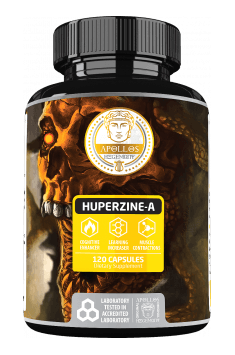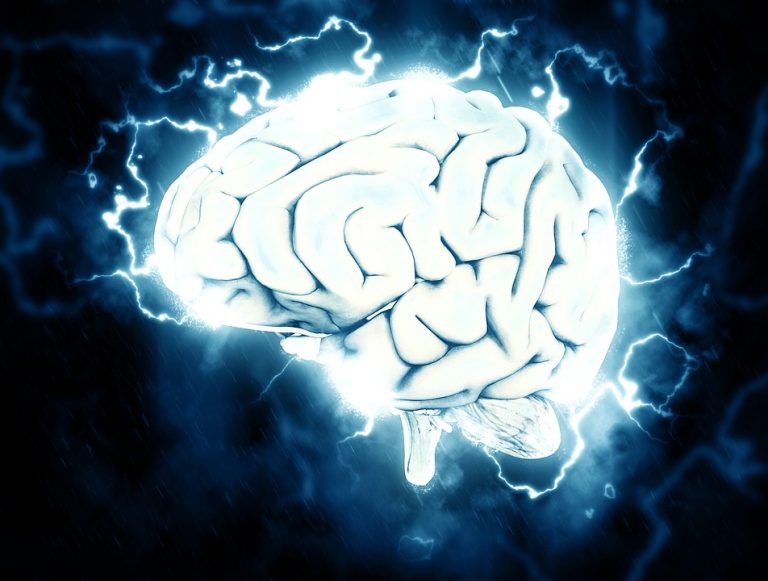Huperzine-A is a compound that is made of herbs from the Huperziceae family. The substance is known as an acetylcholinesterase inhibitor and an NMDA receptor antagonist that crosses the blood-brain barrier. An enzyme that breaks down one of the basic neurotransmitters, acetylcholine, for choline and the rest of acetic acid. It’s found mainly at the end of the motor plate and in the central nervous system of cholinergic synapses.
Acetylcholine is known as a neurotransmitter for learning and is involved in the strength of muscle contraction. The increase in the level of acetylcholine is routinely used by bi-individualists and researchers.
Huperzine-A appears to be a relatively safe compound. No side effects have been demonstrated in routine doses from animal and human toxicity studies. There are research premises that suggest the inclusion of Huperzine-A in the treatment of Alzheimer's disease.
It’s worth noting that:
- Huperzine-A appears to be a water-soluble substance. There is no need to combine it with a meal.
- Although initial concentration spikes are fast, Huperzine-A appears to have a long half-life; the pharmacokinetic profile can be varied when the dosage is changed.
How to dose
Huperzine-A supplementation ranges from 50-200 mg per day. Usually taken in one dose before intense physical or mental exercise. The dose can be divided into smaller and more frequent portions. Taking Huperzine-A, recreationally, "as a rule, just to take pills", will have no effect.
In, Anaesthesiology, volume 1 'Reinhard Larsen, we can read that the side effects of acetylcholinesterase inhibitors include:
- severe bradycardia caused by the influence of vagus nerve stimulation on nserce
- bronchospasm
- miosis
The article is not meant to be a medical guide to let me write what to do when we overdose a substance. Never exceed the dose on the packaging.






